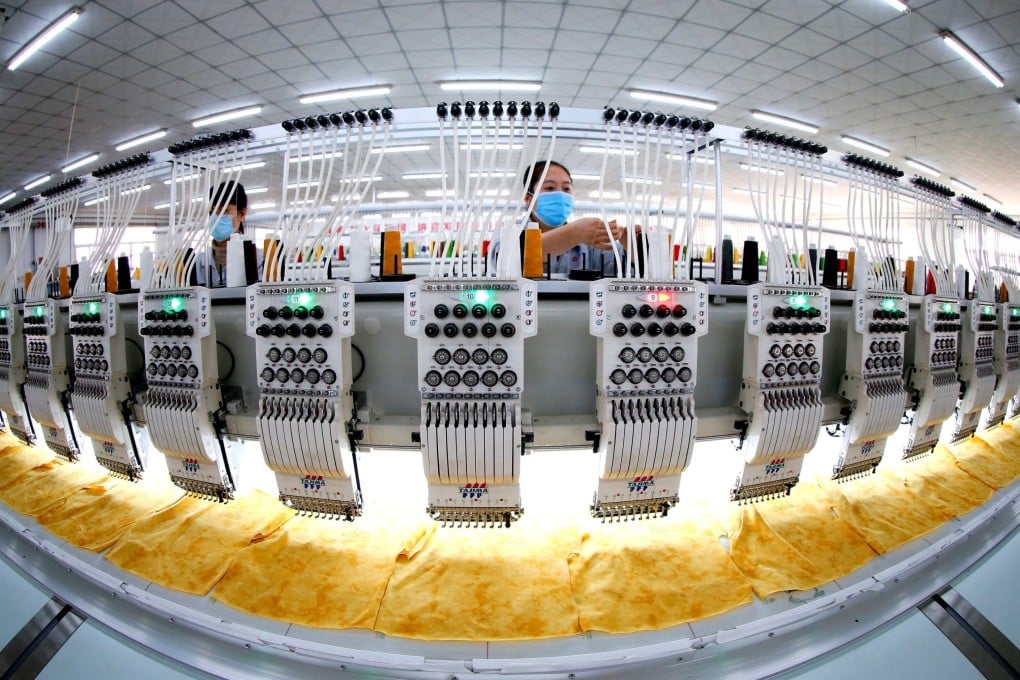The View | How China’s dual circulation strategy heralds a new era for global trade and business
- The implications of China’s strategy need to be clearly understood by foreign governments and companies
- Expect trade frictions to worsen and a more demanding business environment as Beijing seeks greater economic independence while maximising the world’s dependence on China

Internal circulation, understood to mean the domestic cycle of production, distribution and consumption, will be the main engine powering China’s economic growth and development. This internal loop is intended to be independent and complete.
As foreign governments and companies try to understand the full implications of the dual circulation strategy and ponder appropriate responses, a historical perspective, a policy perspective and a business perspective will provide useful context.
China’s historical economic ascent was largely driven by trade and foreign direct investment. To succeed, China’s export and FDI-led development model required a benign global policy environment. China needed sufficient policy space and freedom to pursue its unique blend of single-party rule, state-directed capitalism and quasi-mercantilist trade practices.
